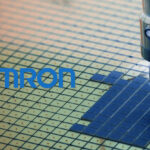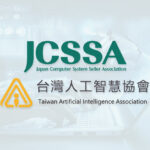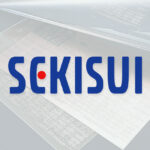ASIA ELECTRONICS INDUSTRYYOUR WINDOW TO SMART MANUFACTURING
Global Chip Equipment Billings Surge to Record High
Global industry association SEMI said worldwide sales of semiconductor manufacturing equipment increased 10 percent to US$117.1 billion in 2024. According to SEMI, citing data from its Worldwide Semiconductor Equipment Market Statistics (WWSEMS) report, the 2024 figure is higher than the US$106.3 billion in 2023.
In 2024, the global front-end semiconductor equipment market experienced notable growth, with sales of wafer processing equipment increasing by 9 percent and other front-end segments rising by 5 percent. Specifically, this growth was due largely by heightened investments in expanding capacity for both leading-edge and mature logic, advanced packaging, and high-bandwidth memory (HBM). In addition, there has been a significant rise in investments from China.

All-Time High
The back-end equipment segment, after two consecutive years of decline, saw a robust recovery in 2024. Particularly, the complexity and demands of AI and HBM manufacturing have driven this demand. Moreover, assembly and packaging equipment sales increased by 25 percent, while test equipment billings rose by 20 percent year-over-year, reflecting the industry’s push toward supporting advanced technologies.
“The global semiconductor equipment market surged by 10 percent in 2024, rebounding from a slight dip in 2023 to reach an all-time high of US$117 billion in annual sales,” said Ajit Manocha, SEMI President and CEO. “Industry spending on chipmaking equipment in 2024 reflects a dynamic landscape shaped by regional investment trends, technological advancements in logic and memory, and the rising demand for chips related to AI-driven applications.”
Solidifies Market Position
Regionally, China, Korea, and Taiwan remained the top three markets for semiconductor equipment spending, collectively accounting for 74 percent of the global market.
China solidified its position as the largest semiconductor equipment market, with investments surging 35 percent year-over-year to US$49.6 billion, driven by aggressive capacity expansion and government-backed initiatives aimed at bolstering domestic chip production.
On the other hand, Korea, the second-largest market, saw a modest 3 percent increase in equipment spending, reaching US$20.5 billion. This as memory markets stabilized and demand for high-bandwidth memory soared.
Meanwhile, Taiwan experienced a 16 percent decline in equipment sales, falling to US$16.6 billion, reflecting a slowdown in demand for new capacity.
Elsewhere, North America recorded a 14 percent rise in semiconductor equipment investments, reaching US$13.7 billion, driven by increased focus on domestic manufacturing and advanced technology nodes.
The Rest of the World saw a 15 percent increase, with billings at US$4.2 billion, supported by emerging markets ramping up chip production. However, Europe faced a significant 25% decline in equipment spending, falling to US$4.9 billion, due to weakened demand in the automotive and industrial sectors amid economic challenges. Finally, Japan also saw a slight 1 percent dip, with sales at US$7.8 billion, as the region grappled with slower growth in key end markets.
Compiled from data submitted by members of SEMI and the Semiconductor Equipment Association of Japan (SEAJ), the WWSEMS report is a summary of the monthly billings figures for the global semiconductor equipment industry.
15 April 2025



